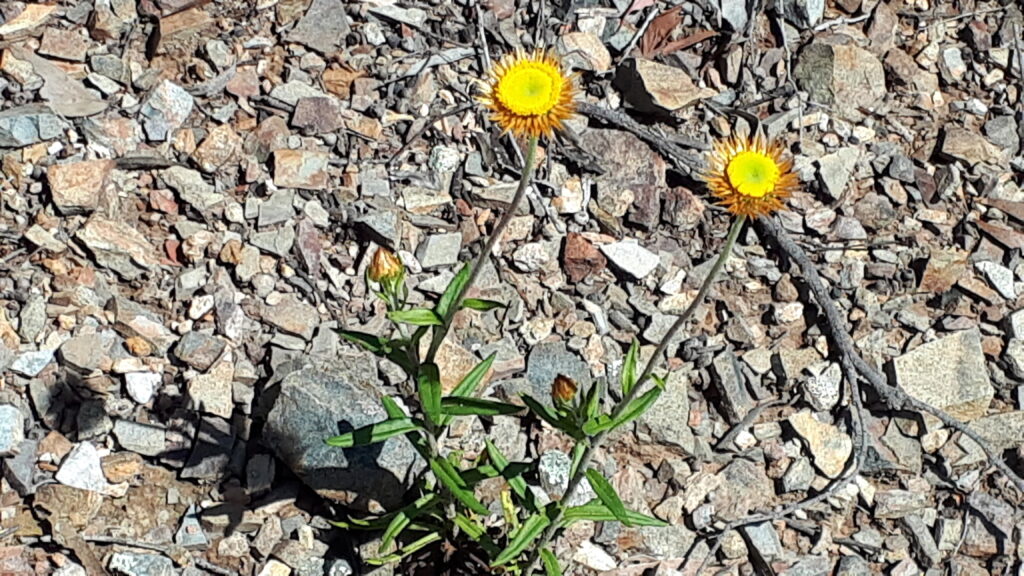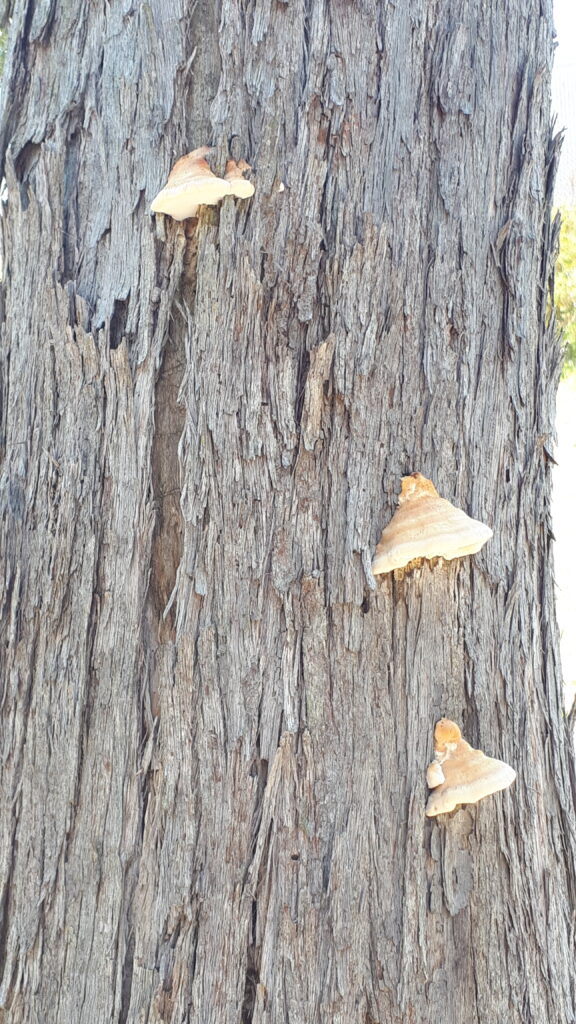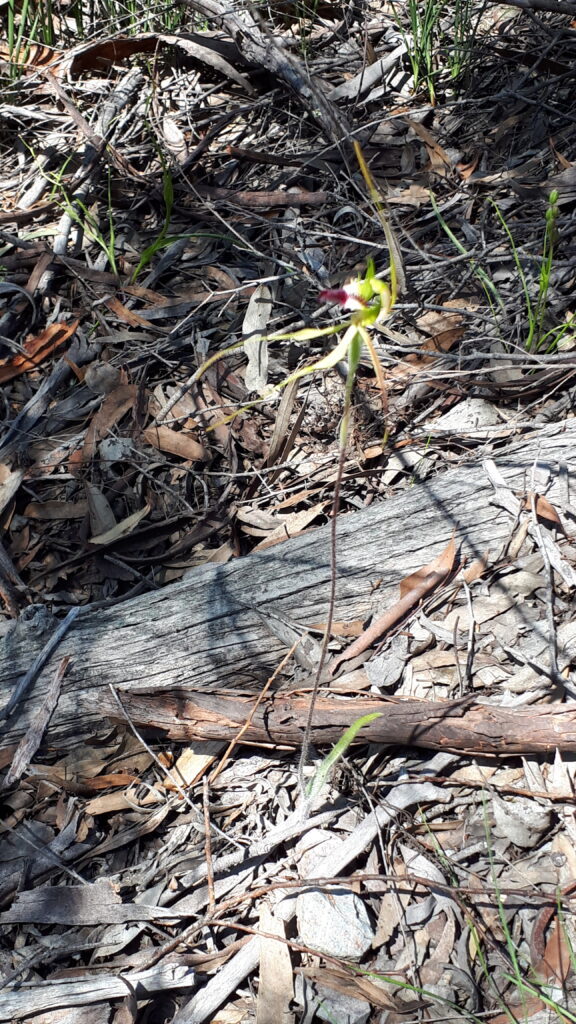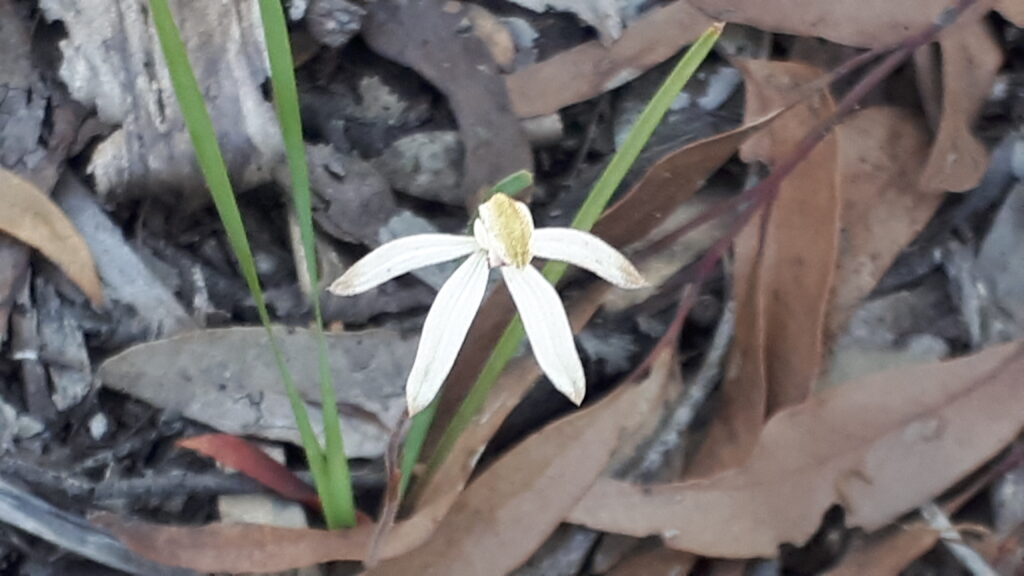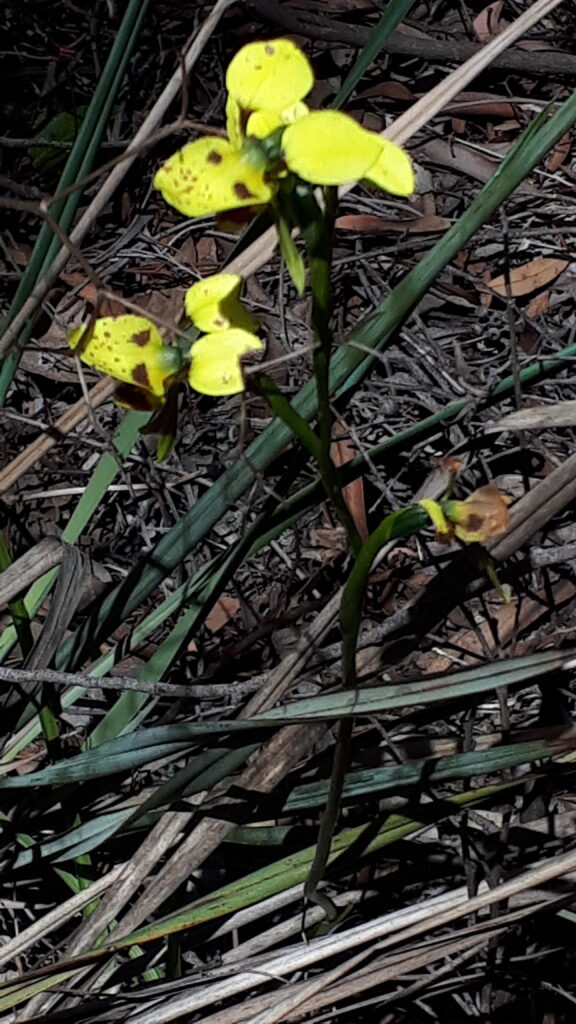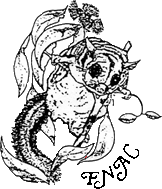The link below gives official information about Bruce Ridge on the South Western corner of O’Connor and partly parallel to Belconnen Way and Fairfax Street:
https://www.environment.act.gov.au/parks-conservation/parks-and-reserves/find-a-park/canberra-nature-park/bruceridge-nature-reserve
We parked opposite 162 Dryandra Street not far from the Alivio Tourist Park. Janet and John shepherded us along the paved cycle track from Civic to Calvary Hospital. Intrigued, we walked beside O’Connor Ridge having to leave exploring there for another day, until we could see the ornate underpass for Gungahlin Drive. Perhaps others mused that what we heard, saw and found was so diametrically opposed to the everyday, time-tabled, oblivious lives rushing past on each of those vehicular links.
The gravel tracks we came to had dried out from the previous days’ La Nina rainfall on Bruce Ridge but there was plenty to marvel at along the little creek-line that separates the two Canberra Nature Park reserves. We began by walking along the Finnerans Road. Sophie ground us to a halt before we’d even reached the old farm- house gates by noticing guano on the footpath. Looking up into a pre-settlement eucalypt we were
delighted to find a Frogmouth sitting high on their nest. Nola took several photos establishing that there were three young being shielded by their father. The female was perched a few branches away for the day shift.
Claudia shared the history of another remarkable tree with its several scars and poignantly battered remaining branches. The farmhouse has a rich history as
part of the early rural stories that predate Belconnen by 100 years together with its proximity to Old Weetangera Road.
The lushness of the vegetation along the creek reminded us of the demands of gardens we enjoyed ignoring for 2–3 hours and how budding horticulturalists at CIT have the ridges as permanent classrooms for on-site studies of native and invasive species. Also permanent is the need for ongoing vigilance by volunteer Parkcarers
and rangers in identifying incur- sions and constantly being ready to remove invasive species before they encroach on the biodiversity values of the reserves.
Away from the well used walking and cycling paths and in the harshness of the dry sclerophyll forest, weeds had harder lives but they were still evident along the paths’ and tracks’ edges, their seeds having been borne on bike tyres shoes, laces, Velcro, fur.
As we turned onto Bruce Ridge, Janet showed our position on the informative map of the trails that are designated for mountain bike riders. It’s incongruous to have active recreation in a designated nature reserve though the challenging, steep, stony trails now in use are the result of a co-operative Parkcare partnership between the mountain bike devotees and ACT Parks and Conservation Service. Bruce Ridge could be considered a sacrifice zone to protect Black Mountain from further damage but it’s encouraging to see naturalists and active recreation devotees outdoors, enjoying nature by sharing the very special species of the ACT’s forest habitats.
We could see evidence of Yellow-tailed Black Cockatoos having foraged for hapless invertebrates under the bark of stressed trees. I went through the Field Guide later reaching 27 bird species, mostly heard but delightful when seen. Particularly special were the calls of Treecreepers, Orioles, Pardalotes, Noisy Friarbirds and the cryptic Wrens and Scrubwrens.Not long after the Frogmouths at least four Gang-Gang Cockatoos came through and posed for photographs. The elegance of Black-faced Cuckooshrikes’ plumage helps distinguish them after their wing-shuffling landings during foraging. Leaden Flycatchers revealed themselves with their distinctive but variable calls; one of them being “It’s me, it’s me” in my mind. The calls of Sacred Kingfishers were familiar to me but it wasn’t until we watched one that I could unite the call with its species. The wildflowers gave us identification challenges as we searched our memories for spring species from times past. Woodland Flora and Grassland Flora had remained on our shelves at home. I’ve since gone through the books and noted over 60 species that now stay in our minds thanks to Janet and John, Sophie, Claudia, Judy, Chris, Maureen and Nola sharing anecdotes and decades of combined ‘in the bush’ experiences.
Yam Daisies and Bulbine lilies are special for me when I thinkhow widespread they were and how vital to Indigenous agriculture.
Silver Tea Tree reminded me that Bruce Ridge and Black Mountain share some geological and therefore habitat features.
Spoon Cudweed is a miniature Euchiton species, new to me this year.
Bacon and eggs flowers on shrubby Daviesia, Bossiaea and Pultenea Hibbertia turning their glowing yellow petals to the sun.
Uncommon Coronidium scorpiodes blooms had such a glorious bronze sheen on the bracts that protected their visitorenticing pollen.
Tiny yellow Austral Sunray Triptilodiscus pygmaeus sometimes sharing damp areas with Sundews’ delicate white or pinkish flowers.
A cluster of a green lush-looking Senecio near one of the reservoirs is a contrast to the commoner silvery-green species, Senecio quadridentatus.
Introduced Broomrape and surprisingly numerous native Cherry Ballart trees stimulating discussions about saprophytic species.
I knew the small white-flowered plants liking the damp, harsh edges of the track but the name didn’t come back until I’d reached for the books: Poranthera microphylla.
The forest’s Poas and Red-Anthered Wallaby Grass towering over the leaf litter. The shimmering bronze of the Spear Grasses that stood out wherever there was habitat for a grassland remnant.
And the orchids often hiding under low shrubs – the derogatory ‘scrub’- and probably unnoticed by the several bike-riders who challenged themselves past us on the zig-zagging descent towards lunch and then Dryandra Street.
Sophie recalled an anecdote about Hill-topping butterflies as John helped us with moth and butterfly identification.
Field Natting at its very best!
– Rosemary Blemings

